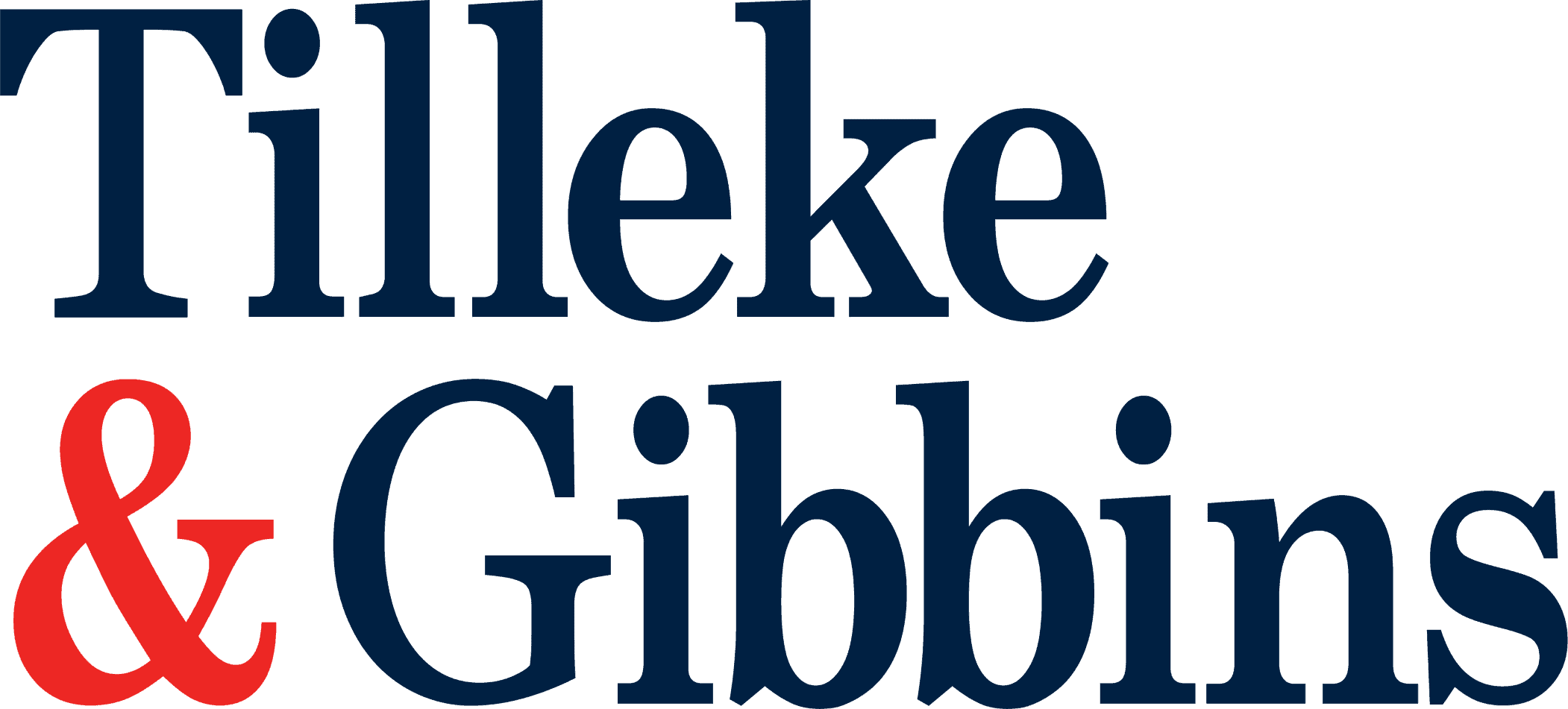
Since the first reported case of COVID-19 on March 23, 2020, the Myanmar government has announced several notifications and preventive guidelines. On March 25, the Office of the President of Myanmar issued rules for government personnel and offices with the aim of guarding against the spread of the virus. For the private sector, the Ministry of Health and Sports (MOHS) issued mandatory factory and workplace measures for employers and employees, focusing on health and hygiene practices as well as the spreading of awareness and information on the outbreak.
As businesses determine their strategies for weathering the crisis and dealing with the socioeconomic impact of the pandemic, it is crucial for every employer to understand their options and obligations in compliance with Myanmar’s employment laws.
Options for Reducing Workforce Costs
Considering Layoffs and Severance Pay
In Myanmar, it is not possible for an employer to unilaterally lower salaries, reduce the number of workers, furlough employees, or terminate employees without compensation—all of these measures require the consent of the employee.
Under section 15 of the standard employment contract currently enforced in Myanmar, an employer may terminate employment by providing at least one month’s prior notice, with valid reasons for termination, to an employee. It would seem that serious impact on the business from the COVID-19 outbreak would be such a valid reason. The employer would also have to pay the required amount of severance pay, calculated based on the employee’s length of employment (assuming that the termination is not due to resignation or repeated misconduct beyond the allowed threshold).
Handling Disputes and Grievances
Employment disputes during the COVID-19 outbreak should be referred to the workplace coordinating committee if applicable.
Under the Settlement of Labor Disputes Law 2012, every workplace with more than 30 employees should have a workplace coordinating committee, comprised of two members representing the employer and two members representing the employees. The committee is tasked with hearing individual disputes and overseeing negotiations to reach a solution, and conducting negotiations on collective employment dispute matters, such as disputes over employment conditions, general welfare, or salary payment. Grievances should be settled within five days, or escalated to the township conciliation body. If the township conciliation body cannot reach a settlement within three days, it will refer the dispute to the regional or state arbitration body for settlement. The regional or state arbitration body will reach its decision within seven days and will send its decision to relevant parties within two days.
If either party is not satisfied with the decision, they may either submit the dispute to the arbitration council, or a lock-out or strike may be carried out in accordance with the law.
If the dispute is submitted to the arbitration council, the arbitration council will form a tribunal, which will arrive at a decision within seven days for matters involving essential services or within fourteen days for other matters.
Obligations
Ensuring Occupational Safety and Health
A crucial issue addressed in recent legislation is health and safety in the workplace. The Occupational Safety and Health Law 2019 (OSH 2019) governs all aspects of health and safety, and prescribes the duties and responsibilities of an employer, which include:
- arranging medical check-ups for employees to ensure that they are not suffering from any occupational disease;
- freely providing employees with sufficient personal protective clothing, materials, and facilities, and seeing that they makes use of them; and
- publishing occupational safety manuals, health manuals, and guidelines issued by the relevant government authorities at the workplace to raise employees’ awareness.
Under the OSH 2019, employers are required to appoint a person to closely supervise occupational health and safety procedures at the workplace.
Moreover, section 18 of the OSH 2019 authorizes inspection officers, who are appointed by the Factories and General Labour Laws Inspection Department, to enter the workplace without a warrant and to inspect the occupational health and safety conditions—including those prescribed by the MOHS. If the inspection officer believes that there is an occurrence of any occupational disease, or that it is not appropriate to continue doing the business due to noncompliance with the OSH 2019, the inspection officer, with the approval of the chief inspection officer, may order the employer to temporarily close the workplace, partially or as a whole, and to notify the respective governmental authorities of the situation.
Abiding by Prevention Measures
Myanmar defines COVID-19 as a communicable disease under the Prevention and Control of Communicable Diseases Law 1995 (PCCDL 1995), which prescribes a person’s duty to report any suspected disease outbreak to the appropriate health officer. This obligation also applies to employers at any workplace. The PCCDL 1995 also authorizes health officers to carry out investigations to prevent an outbreak and to order persons suspected of infection to undergo self-quarantine at home. Failure to comply with an order is punishable by imprisonment for up to six months, a fine of up to MMK 10,000, or both.
Granting Medical Leave
According to the Leave and Holidays Act 1951, employees who have completed six months of service are entitled to 30 days of paid medical leave per year. Employees covered under the Social Security Law 2012 are also granted additional leave and treatment benefits for certain work injuries and sicknesses. Medical leave cannot be carried forward to the following year.

